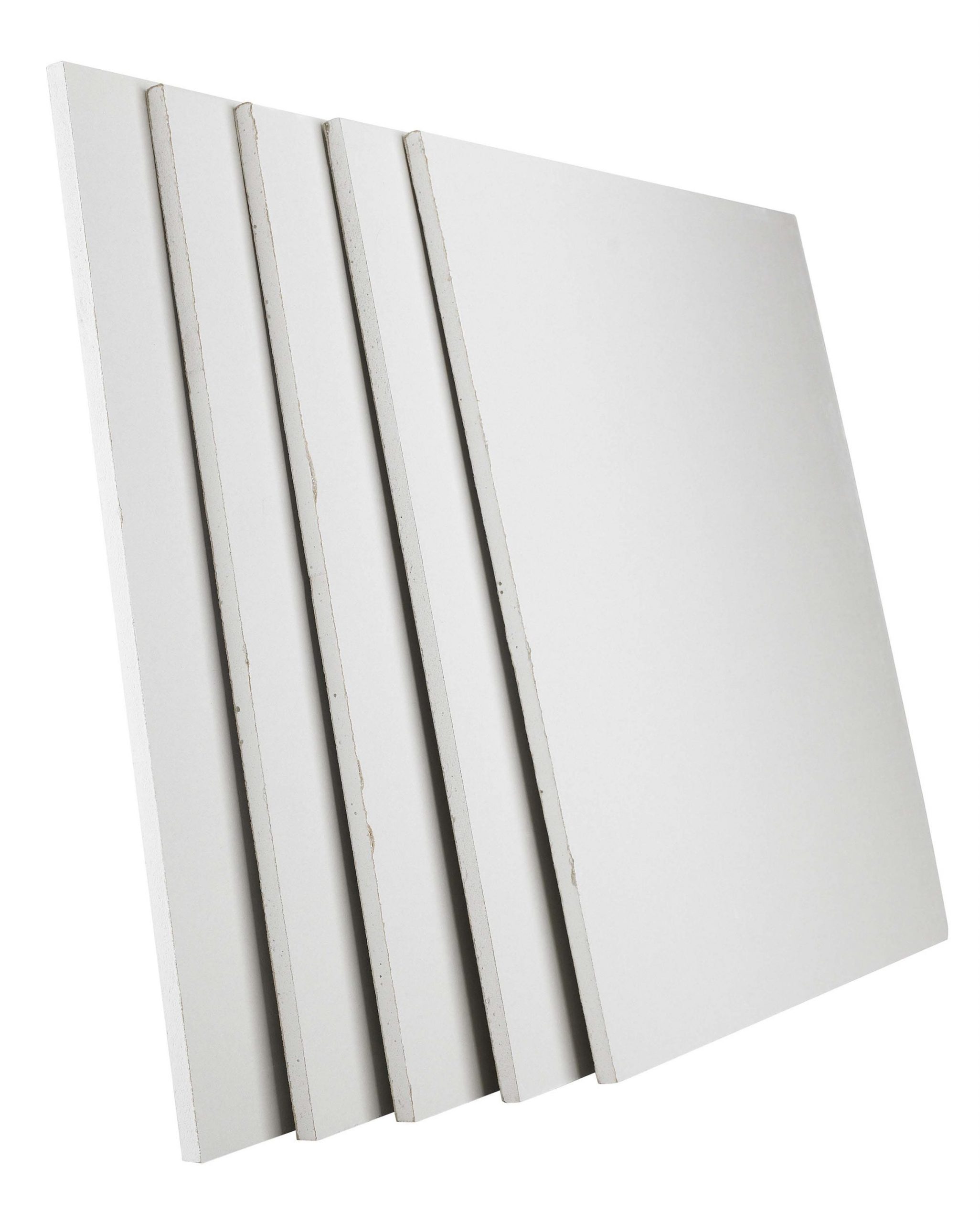Bamboo has gained significant attention in recent years as a sustainable alternative to traditional building materials. Its rapid growth, strength-to-weight ratio, and eco-friendliness make it an attractive option for architects and builders alike. However, while bamboo construction offers numerous benefits, it is essential to consider the disadvantages that may arise. This article delves into the complexities of bamboo construction, examining its limitations and challenges to provide a balanced perspective for those considering this innovative material.
- Structural Limitations
One of the primary disadvantages of bamboo construction is its inherent structural limitations. Although bamboo possesses impressive tensile strength, it is not as robust as conventional materials like steel or concrete. This can pose challenges in regions prone to extreme weather conditions, such as hurricanes or earthquakes. The flexibility of bamboo can be both an advantage and a disadvantage; while it can absorb shocks, it may also lead to structural instability if not engineered correctly.
- Durability Concerns
Bamboo is a natural material, which means it is susceptible to decay, pests, and environmental factors. Without proper treatment, bamboo can be vulnerable to fungal growth and insect infestations, particularly in humid climates. This necessitates the use of chemical preservatives, which can counteract the eco-friendly appeal of bamboo construction. Additionally, untreated bamboo has a shorter lifespan compared to traditional building materials, raising concerns about long-term durability and maintenance costs.
- Limited Availability and Standardization
While bamboo is abundant in certain regions, its availability can be inconsistent in others. This can lead to challenges in sourcing high-quality bamboo that meets specific construction standards. Furthermore, the lack of standardized sizes and grades can complicate the design and construction process, as builders may struggle to find uniform materials. This variability can also affect the overall aesthetic and structural integrity of the final product.
- Building Codes and Regulations
Another significant hurdle for bamboo construction is the lack of established building codes and regulations. Many regions have not yet adapted their construction standards to accommodate bamboo as a legitimate building material. This can create legal and bureaucratic challenges for builders, as they may face difficulties in obtaining permits or meeting safety standards. The absence of clear guidelines can also lead to increased liability and insurance costs, further complicating the adoption of bamboo construction.
- Skill and Knowledge Gaps
The successful implementation of bamboo construction requires specialized knowledge and skills that are not widely available in the construction industry. Many architects and builders may lack experience with bamboo, leading to potential miscalculations in design and engineering. This skill gap can result in subpar construction practices, ultimately compromising the safety and longevity of bamboo structures. Training and education are essential to bridge this gap, but they require time and investment.
- Aesthetic Limitations
While bamboo can create visually appealing structures, its aesthetic versatility is limited compared to other materials. The natural appearance of bamboo may not align with the design preferences of all clients or architects. Additionally, the finishing options for bamboo can be less diverse than those available for traditional materials, which may restrict creative expression in architectural design.
Conclusion
Bamboo construction presents a compelling case for sustainable building practices, but it is not without its challenges. From structural limitations and durability concerns to regulatory hurdles and skill gaps, potential builders must weigh these disadvantages against the benefits. As the construction industry continues to evolve, addressing these challenges will be crucial for the broader acceptance and successful implementation of bamboo as a mainstream building material. By fostering education, developing standardized practices, and advocating for updated building codes, the potential of bamboo construction can be fully realized, paving the way for a more sustainable future in architecture.

